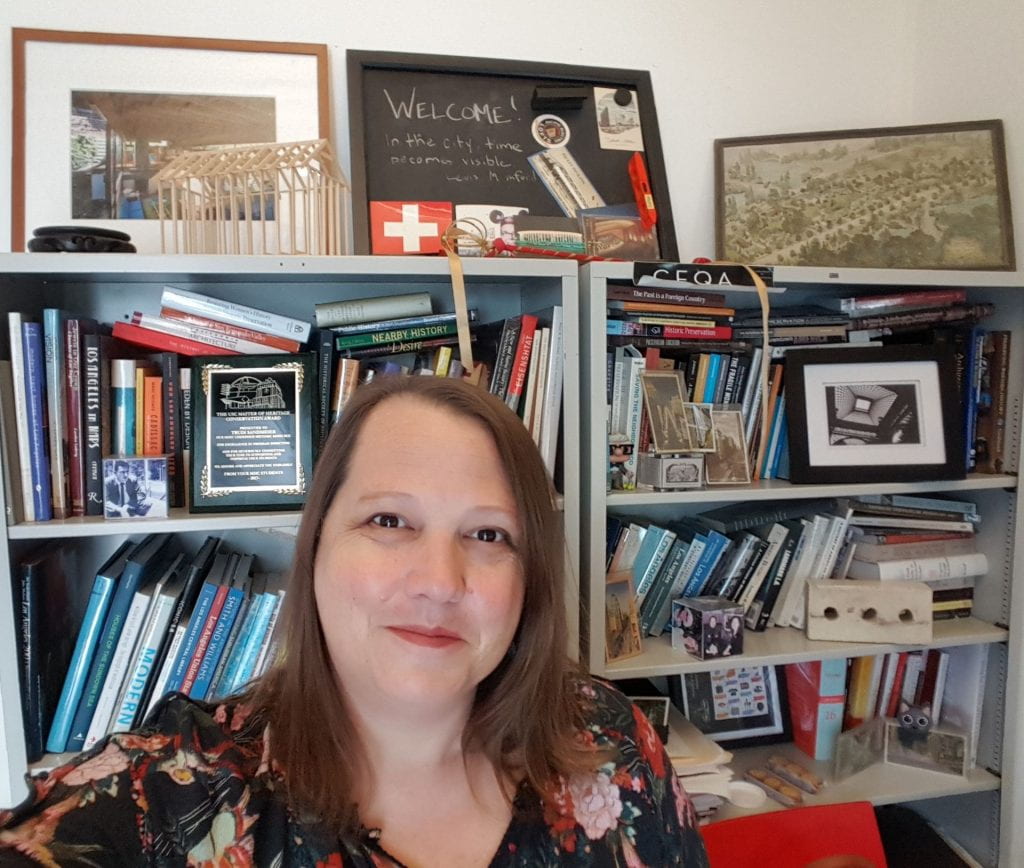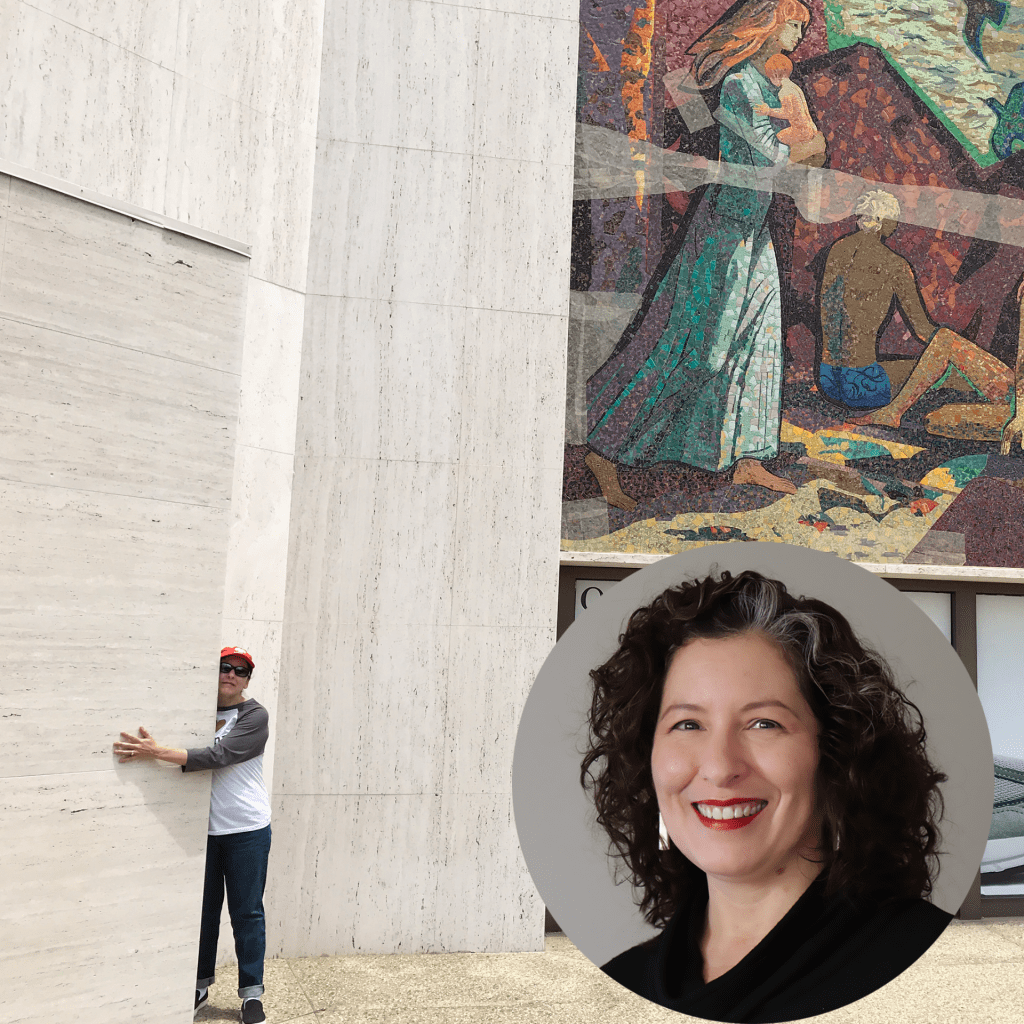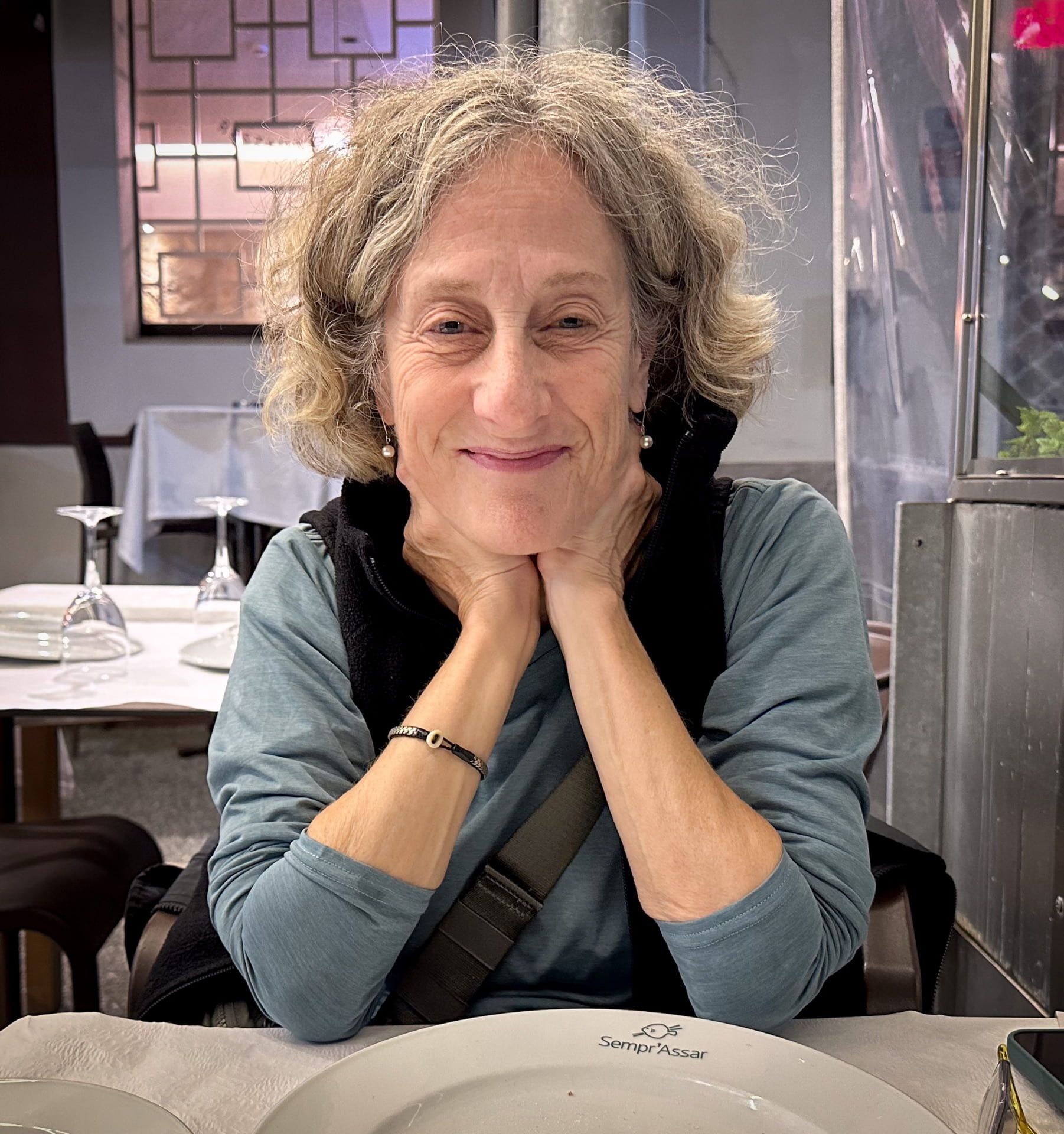Preserving Black Heritage in the U.S. South
One of the signs memorializing the 1955 murder of Emmett Till weighs nearly 500 pounds and is designed to absorb a rifle round. It’s the fourth version of the sign, the others having been vandalized and riddled with bullet holes.
How can communities recognize and preserve vulnerable Black heritage sites without placing them more at risk? New alumna Kira Williams shares her views with co-host Cindy Olnick on a visit to L.A.’s St. Elmo Village, a historic site of art and healing. They explore the site and discuss Kira’s thesis, Being a Part of the Narrative: How to Preserve Black Heritage in the U.S. South While Mitigating Violence and Facilitating Change?
SHARE:
Featuring

Kira Williams is a heritage conservationist focused on the salvation and protection of Black heritage sites in the U.S. South. She was born in Houston, Texas and came to Los Angeles to complete her dual master’s degrees in Urban Planning and Heritage Conservation at USC. Kira just completed a one-year fellowship at the Getty Conservation Institute, working on the African American Historic Places, Los Angeles Project, where she and her team worked to designate and protect African American neighborhoods and heritage sites in the city of Los Angeles. She is now striving for opportunities to continue her research and work in Black heritage studies.
Learn More
Thesis: Being a Part of the Narrative: How to Preserve Black Heritage in the U.S. South While Mitigating Violence and Facilitating Change? by Kira Lavonne Williams
African American Historic Places Los Angeles
54 Miles to Home, a film by Claire Haughey, 2021 (27:55)
“Filming History: The Selma to Montgomery March Campsites,” Phillip Howard for the Conservation Fund, February 21, 2022
[Free account or subscription] “Public Memories. Private Struggles: With civil rights education under threat, a preservationist helps Black families save key sites in the South,” Story by Robert Samuels, Photography by Michael S. Williamson, The Washington Post, June 22, 2024
Selma to Montgomery National Historic Trail, National Park Service
Emmett Till Interpretive Center
“Graball Landing” (about bulletproof sign), by Dave Tell for the Emmett Till Memory Project
“Emmett Till’s Death Inspired a Movement,” National Museum of African American History & Culture
USC Heritage Conservation Programs
Your Hosts

Co-host Trudi Sandmeier is the Associate Dean for Academic Affairs, Director of Graduate Programs in Heritage Conservation, and Professor of Practice at the USC School of Architecture. Her work centers on the conservation of the recent past and the impact of under-recognized communities on the historic built environment. Read more in her USC faculty bio.

Co-host Cindy Olnick serves as both Associate Director of Heritage Conservation at USC and a communications consultant for heritage conservation, historic preservation, and the built environment. Read more in her USC faculty bio.

Podcast producer Willa Seidenberg taught audio journalism and podcasting at USC’s Annenberg School of Communication and Journalism, while pursuing a USC Master of Heritage Conservation degree. She retired from teaching and earned her degree in 2023.
A 20-year broadcast journalist and an inaugural fellow with USC’s Center for Excellence in Teaching, Willa founded Annenberg Radio News, the university’s radio news operation; and Intersections South LA, a reporting lab and community website for South Los Angeles.
With photographer William Short, Willa is the author of two oral history/photo projects: A Matter of Conscience: GI Resistance During the Vietnam War and Memories of the American War: Stories From Viet Nam.















